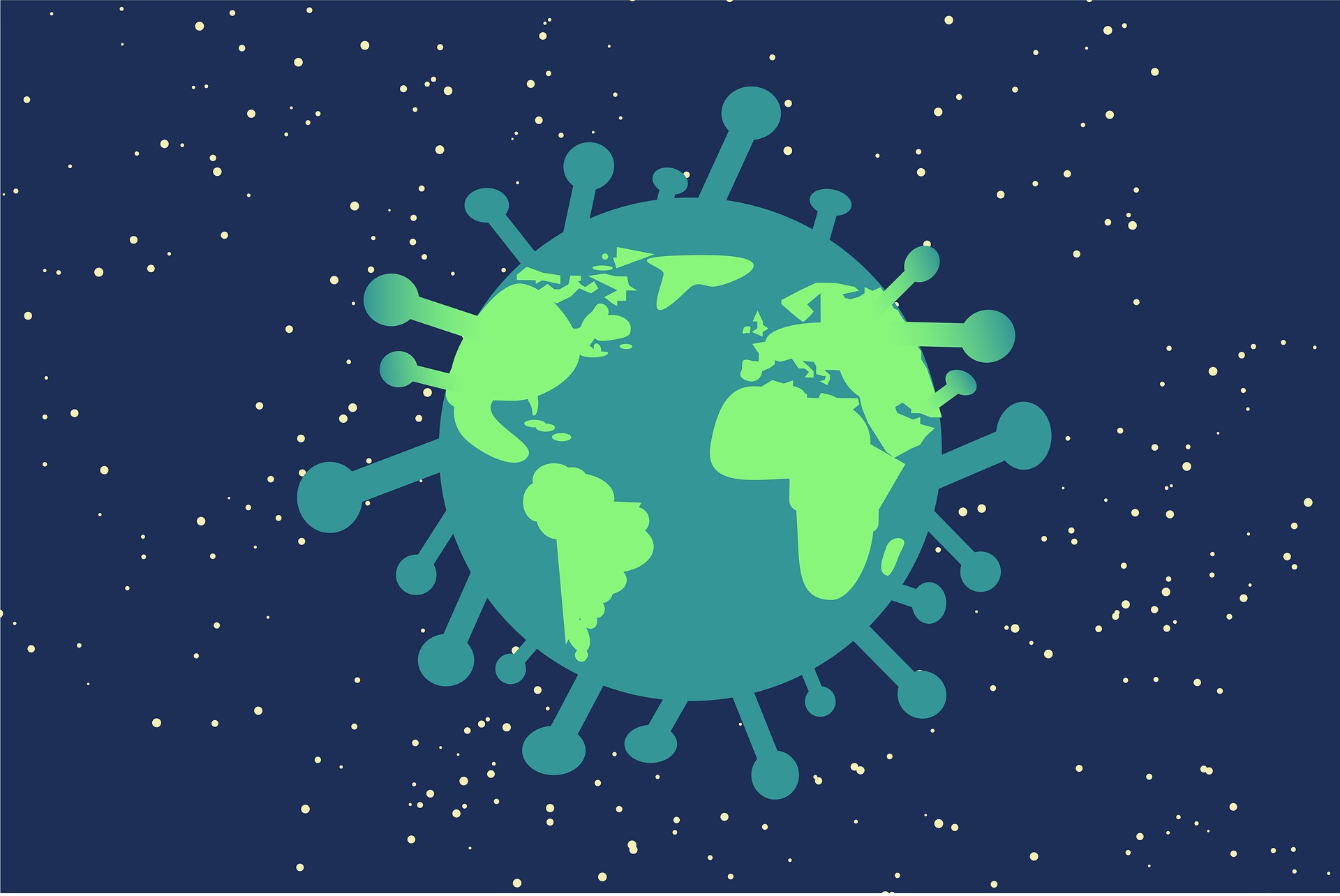
Three years into the pandemic
 By Dr Satish K Gupta*
By Dr Satish K Gupta*
As three years pass, life moves on, eventually returning to normal after the World Health Organization (WHO) declared the coronavirus disease a pandemic on March 11, 2020. As we look into the past, awful memories mixed with lifetime experiences start flashing on the screen. World learned several new things during the days of the crisis. Still, many questions remain unanswered.
The pandemic was an unprecedented event of the century; hence it called for unprecedented cooperation and collaboration. With little knowledge about new contagion, confining the humans by lockdowns was the only prudent initial response. Later, combined efforts resulted in unparalleled success in several spheres especially the development of diagnostics and vaccines.
Despite several timely measures, the virus continues its journey. Almost 681 million infections have been reported, and more than 6.8 million people have died of the virus so far. It’s time to look back and analyse the success and failures during these 3 years and find answers to some questions.
1. From where did the virus descend? Was it animals to human spillover, a wet market-like connection, or a lab leak from Wuhan?
Most agencies, media, and the public believe that the virus relates to activities at the Wuhan Institute of Virology in China since it has been conducting research on Coronavirus for several years.
However, the US Department of Energy assessed with “low confidence” that it began with a lab leak (according to a person familiar with the report who wasn’t authorised to discuss it. The report has not been made public).
Some evolutionary scientists firmly believe in the Natural origin of the virus as they still feel that humans do not have the scientific expertise to make viruses though modern techniques can alter them.
Most importantly, no intelligence agency anywhere in the World has confirmed or admitted that the COVID-19 coronavirus was released intentionally.
The unclassified 2021 summary of the WHO expert committee report was also clear on this point, saying: “We judge the virus was not developed as a biological weapon.”
2. Quick Genome sequencing turned out to be the cornerstone in the development of diagnostics, vaccines and newer drugs against the virus. The World of Genomics converged on the GISAID platform. More than 15,173,064 genome sequences have been submitted to GISAID to date. Genome Sequencing became popular by virtue of newer variants. It has generated huge interest in minds of common people. This single test is likely to shape the future of medicine in times to come. People who til now contended with the diagnosis of viral fever now want to know not only the virus but also its variant. H3N2 is the latest example. Seeing the rising demand and the abuse potential of genome sequencing, India would need regulatory laws along the lines of the Surrogacy Law and the PcPNDT act.
3. Current century’s vaccine platforms turned into pillars of success. mRNA and vector-based vaccines became common parlance. Several vaccines were developed in record time. Not only were the vaccines developed, but doses were manufactured and inoculated, overcoming the adversities of weather and terrain. 69.7% of the world population has received at least one dose of a COVID-19 vaccine. 13.32 billion doses have been administered globally, and 809,729 are now administered each day. 28% of people in low-income countries have received at least one dose. India, the USA, Russia and China established their supremacy by developing effective vaccines in record time. Several other nations like Iran were also successful in developing their own vaccines. France’s media however continued to frown on the scientists at Luis Pasteur Institute for not being able to make one.
Adults and children more than 12 years of age have been vaccinated in India. Also, younger kids have largely developed immunity from natural infections. Still, as time advances, newborns coming into this world will be unprotected, and regular vaccination in this cohort shall be required. Nations will need to develop a strategy to include Covid vaccination in immunization protocols.
4. The quick development of diagnostics during the pandemic was another success story. Various tests, from Rapid Diagnostic Tests to PCR, became a common request. *Tests like IL6, hitherto confined to research Labs became a day-to-day monitoring tool. Billions of Covid-19 diagnostic tests have been performed so far, and continue to help keep a strict vigil on the spread of the virus.
5. No reliable, affordable and effective antiviral drug has been developed against the virus so far. Favipiravir was a hoax. Molnupuravir remained surrounded by fears of mutations. Remdesivir, rejected by Solidarity Trial, was used widely but could not convince a large number of scientists. Paxlovid came out as a promising drug but remains plagued by rebound infections.
Also, its efficacy only in early disease restricts its utility. The very nature of the virus and the pathophysiology of the disease makes it extremely difficult to develop antivirals. Also, several monoclonal antibody cocktails were rendered useless by the changing virus. Anti-inflammatory drugs and supportive treatment so far remain the cornerstone of Covid-19 management.
6. Long Covid continues to plague a large number of people- a syndrome yet to be fully understood. Still, we have a loose definition for the same. Its Markers, mechanisms and medications are yet to be decided, defined and discovered.
7. Pandemic proved the mantle of American researchers. The discovery of blood clotting in the arterioles of patients of Covid-19, by US scientists, when the disease reached the USA, was a milestone in defining treatments for Covid-19. The Chinese doctors who encountered the first cases could not lay hands on this aspect of the pathophysiology of the disease. The highest number of research papers on Covid-19 further establishes the supremacy of US scientists.
8. No pandemic management could be successful without the active involvement of heads of state, and politicians who control the resources. The US spent nearly 5 trillion dollars and India more than 35 lakh crore rupees for the welfare of society during the pandemic year 21-22. Nearly 800 million people still continue to get free food and ration started during the pandemic in India, a feat that no other nation has been able to afford.
9. During the Pandemic, the world succeeded on several fronts but failed on some, like equitable and fair distribution of vaccines. Now is the time to move from treatment to treaties, WHO’s pandemic prevention treaty zero draft is the right step in this direction. Hope, all nations sign the same when it is brought to the World Health Assembly in 2024.
10. Neither the free run for the virus (with the intent of developing herd immunity) nor the total clamping of the society by Zero Covid turned into successful approaches for the pandemic. Rather a middle path approach as exemplified by India proved to be the best management strategy. Having failed at Zero Covid China remains the last large nation to continue to face the wrath of the virus.
Finally, the virus is here to stay, and we have to learn to live with it. All attempts should be made to forget the awful memories and shun the fear. The viral pandemic is over, we have to learn to end the pandemic of fear by choice.
*Dr. Satish K Gupta is an MD in Medicines, a Visiting Senior Consultant Physician and Internist at Max Super Speciality Hospital, and a Clinical Assistant Professor at GS Medical College, Chaudhary Charan Singh University, Meerut. He is the author of Journey of COVID in India: A Doctor’s Perspective.





